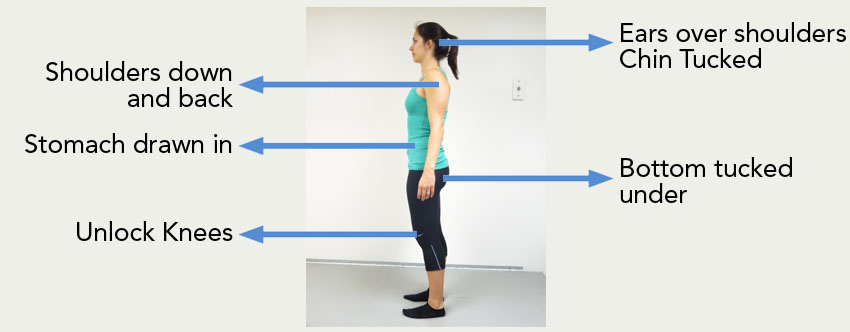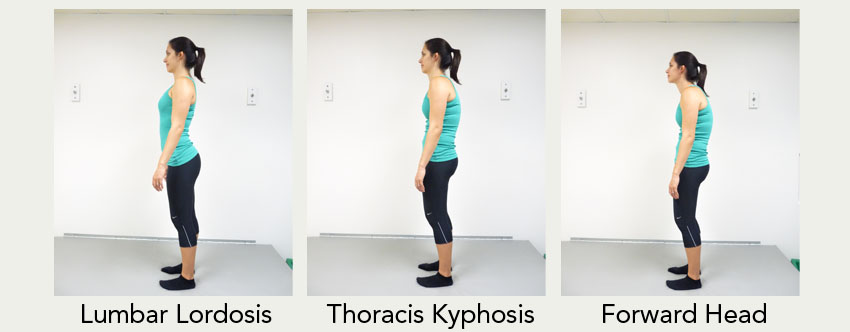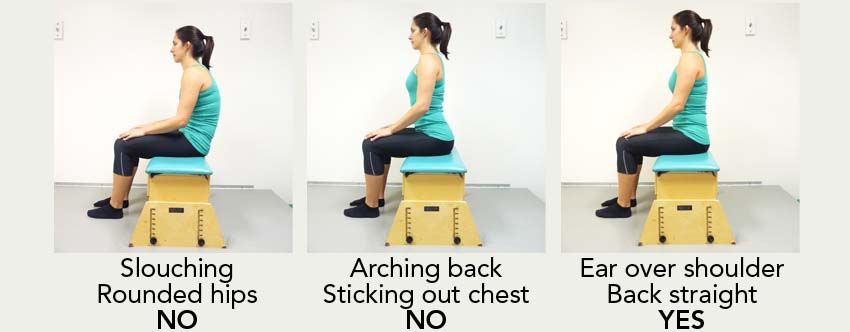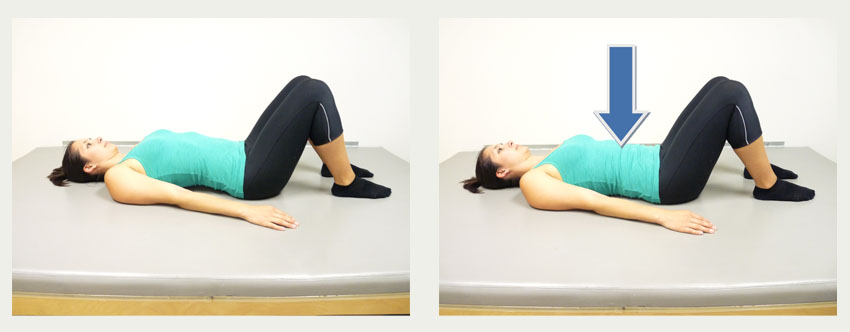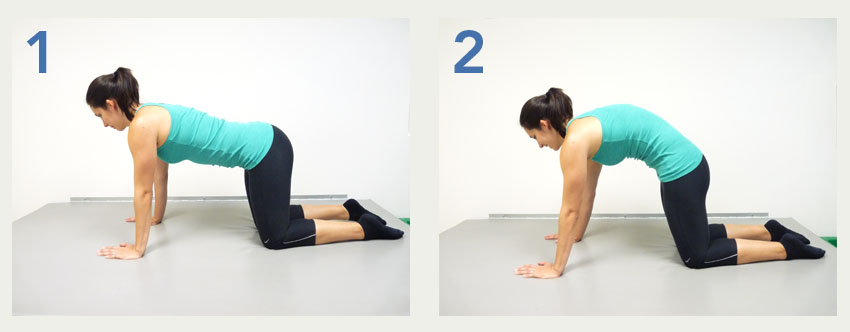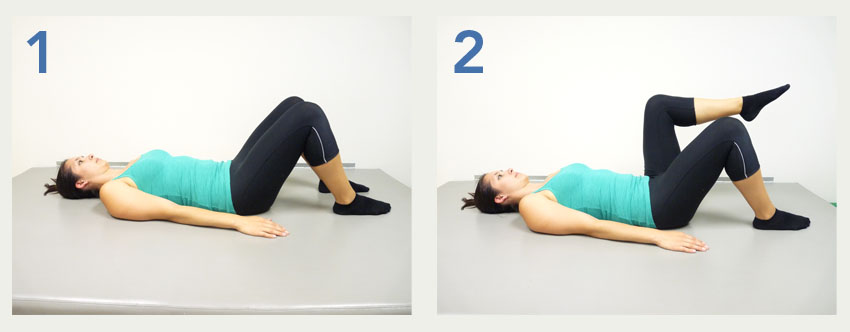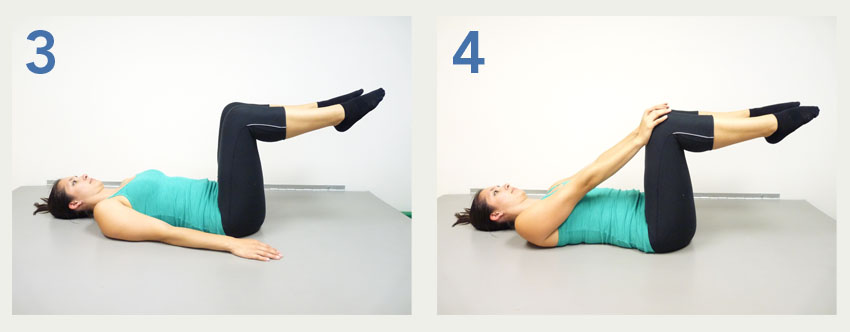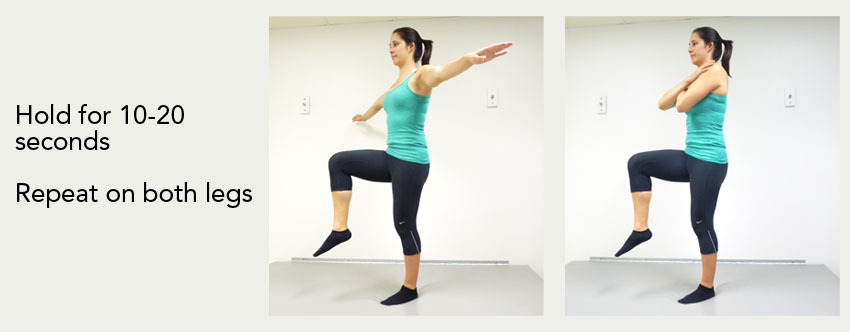Five Scoliosis Exercises for Children
If you have been diagnosed with scoliosis, it is important to become more aware of your body, especially your spine. This may help you use self-correction to change your spine’s position during daily activities.
For practice, we have developed a home exercise program that focuses on managing scoliosis symptoms through spine and core strengthening, proprioception and posture. Scoliosis exercises should be done carefully and performed with proper technique. The goal is to promote symmetry within the spine to regain trunk alignment and reduce back pain.
Please consult with your doctor before starting any home exercise program. These exercises should not replace instructions from your doctor.
This guide provides instructions on the following exercises:
Developing Good Posture for Scoliosis
Developing good posture can help reduce tension and pain in the spine. Many people unconsciously hold tension in their shoulders and neck, which can increase tension and lead to fatigue. To avoid this, it is important to practice good posture throughout the day.
Good Standing Posture
Bad Standing Posture
Good Sitting Posture
Although good posture should be natural, it can initially feel stiff and awkward. The key is to practice good posture all the time, at home, at school, riding in a car, eating a meal, etc.
Recommended Scoliosis Exercises
These scoliosis exercises can be used prior to initiating a physical therapy program that will highlight individualized corrections for specific curves. They are not specific to Schroth treatment, but will improve proprioception, strength, spinal mobility and stability, while reducing back pain.
1. Pelvic Tilts
Lie on your back with your knees bent and feet flat on the floor. Flatten your back by tightening your stomach muscles and buttocks. Hold for 5 seconds, breathing normally. Repeat ten (10) times per set. Do two (2) sets per session. Do one (1) session per day.
2. Cat-Camel
On your hands and knees, maintain tight abdominals with your head straight (Photo 1). Take a deep breath in and lift your lower rib cage, round your back and relax your neck (Photo 2). As you breathe out, lower your chest towards the floor, looking slightly upward. Return to beginning position with tight abdominals. Repeat ten (10) times per set. Do two (2) sets per session. Do one (1) session per day.
3. Double-Leg Abdominal Press
Lie on your back with your knees bent and your feet flat on the floor (Photo 1), keeping your back in a neutral position. Raise your legs off the floor one at a time so that your knees and hips are bent at 90° angles (Photo 2, 3).
Push your hands against your knees while pulling your knees toward your hands, which will engage your abdominal muscles (Photo 4). Keep your arms straight! Hold for three deep breaths. Repeat ten (10) times per set. Do two (2) sets per session. Do one (1) session per day.
4. Single Leg Balance
(If possible, perform in front of a mirror to help visualize a straight spine.)
With your eyes open, bend one knee up and balance on one foot. At first you may use your hands, like holding the back of a chair, table, or the wall. As balancing gets easier, take your hand(s) away and place them out to the side. Challenge yourself by bringing your arms across your chest. Close your eyes for an even greater challenge. Repeat five (5) times per set. Do one (1) set per session. Do one (1) session per day.
5. Plank Exercise
A plank is a basic stabilizing exercise that activates muscles that support your spine. Start by laying on your stomach with your arms bent by your sides. Place your elbows directly under your shoulders and place your palms flat on the floor in front of your elbows. Your body should be in a straight line from your feet to your head. To ensure your spine stays in a neutral position, keep your abs tight and bring your hips level to your shoulders. Hold this position for a few seconds. Click on the video on the left for instructions on how to properly perform a plank.
Schroth Exercises for Scoliosis at CHOC
When it comes to scoliosis, you want the least invasive treatments, without interrupting childhood. The Schroth Method is a low-impact form of physical therapy, with exercises designed to stop curve progression and improve quality of life. In some cases, it can even prevent the need for spine surgery.
CHOC physical therapists are among a limited number of specialists regionally and nationally who are certified in the Schroth Method.
Contact Us
Looking for a physical therapist for scoliosis? Please call CHOC Rehabilitation Services at 714-509-4220 for more information.
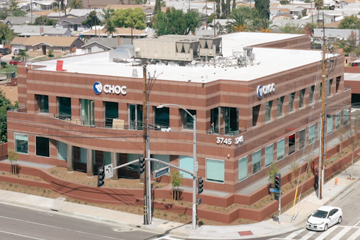
CHOC Outpatient Rehabilitation Services
3745 W. Chapman Ave., Suite 200 | Orange, CA 92868 | 714-509-4220
